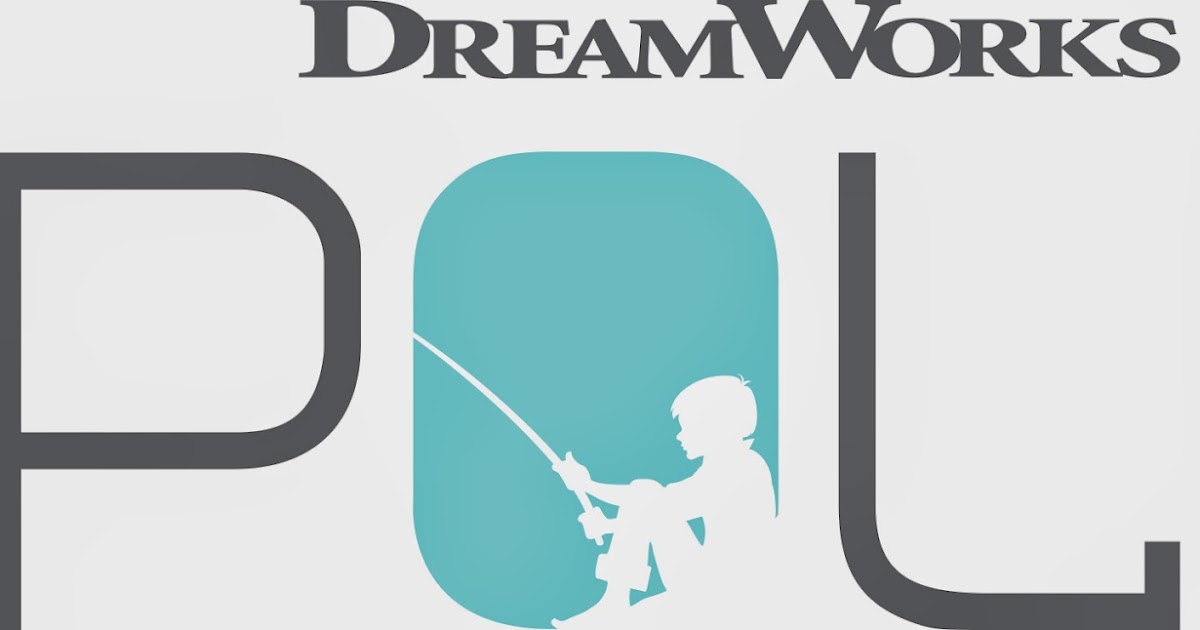

But it’s also working smarter than it has in the past by building tools like Premo and a video capture studio where the director can visualize a scene before the animators draw it. It may sound like DreamWorks is throwing every ounce of computing power it can afford at moviemaking. To do that, it has built a Linux-based server infrastructure. It has its own data centers, but it also taps Hewlett-Packard and other providers of public cloud technology for extra computing power. That means it has to have the computing infrastructure for 5 billion digital files. So a single frame may be associated with thousands of assets, said Stephen Bailey, CG supervisor at DreamWorks Animation.ĭragon 2 is just one of 10 films that DreamWorks Animation has in the works at any given time. Each one of the 129,600 frames goes through a dozen compute-intensive animation processes before it is finally finished.
#Premo animation software download movie#
Each tree in the movie takes about four to six weeks to model, with 4,000 to 6,000 control points in the 3D animation.īefore a film gets to the theaters, it is really just a collection of digital files.

The data is stored across 398 terabytes, or equivalent to the storage of 25,742 smartphones with 16GB of flash memory each. But DreamWorks had so much computing power on hand that it could render those frames inside of a week or so for the last cut. If one computer had worked on the rendering task, it would have taken 10,273 years to complete. It took a fleet of cloud computers in data centers more than 90 million render hours to render the 129,600 frames in the final film. The animators then created more than 500 million digital files. It took about 18 months to two years to craft the film, with a lot of back-and-forth to get the look of every frame just right. To visualize Dragon 2, the team created more than 100,000 storyboards for the 90-minute film. The storyboards are the first part of a dozen steps that have to happen before a film makes it to thousands of theaters. Dean DeBlois, director and screenwriter, worked on several scripts and went through about two years of prototyping the film on comic-like storyboards. It took about 495 artists to make the movie. The numbers behind the effort are impressive, both in human capital and computer resources. When the artists need the computing power to create and modify film-quality images in real-time, DreamWorks taps the 16-core processors from Intel on every animation workstations, as well as the computing power from cloud-connected data centers. “Our business is telling stories, but we are focused on visual stories,” said Katie Swanborg, director of technology communications and strategic alliances at DreamWorks Animation, in an interview.
#Premo animation software download how to#
Such alliances are aimed not only at making the best film possible, but doing it in a cost-effective way.Ībove: How to Train Your Dragon 2 features detailed characters. “That’s why we have Intel as a substantial partner in all of this.” “Moore’s Law has been a key transformer of every business and every product, including ours,” said Wallen. Those tools transformed the way that animators worked from a process of tweaking spreadsheets to something that resembles the old-fashioned way of drawing images with pencil and paper.

It also created an artist’s animation software program called Premo, made so that artists could get back to drawing their characters and landscapes with pens and touch-sensitive computer displays. Part of the reason for that return on investment is the efficiency of the cloud computing infrastructure that DreamWorks Animation built over the last decade, said Lincoln Wallen, chief technology officer of DreamWorks Animation, in an interview.ĭuring the making of the film, DreamWorks built a software platform dubbed Apollo. The software is extremely powerful and it allows our artists to express themselves.” “Having so many dragons and an army of thousands of soldiers is something we couldn’t have done before. “There are no limits on what we can do now,” said Dean DeBlois, director of the film, said in an interview. We took a tour of the Redwood City, California-based company to unmask the process behind the making of the movie. The marriage of technology and art at the Silicon Valley campus of DreamWorks Animation is what makes computer-animated movies possible.


 0 kommentar(er)
0 kommentar(er)
